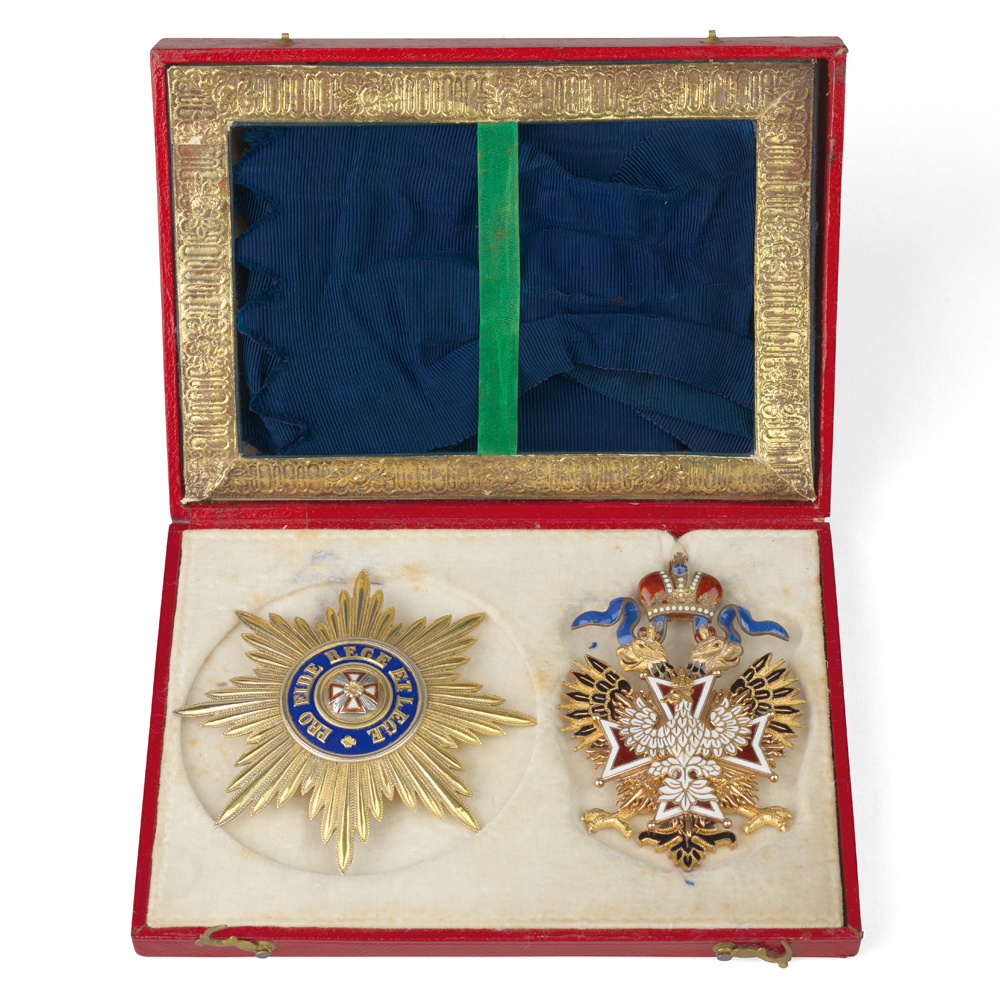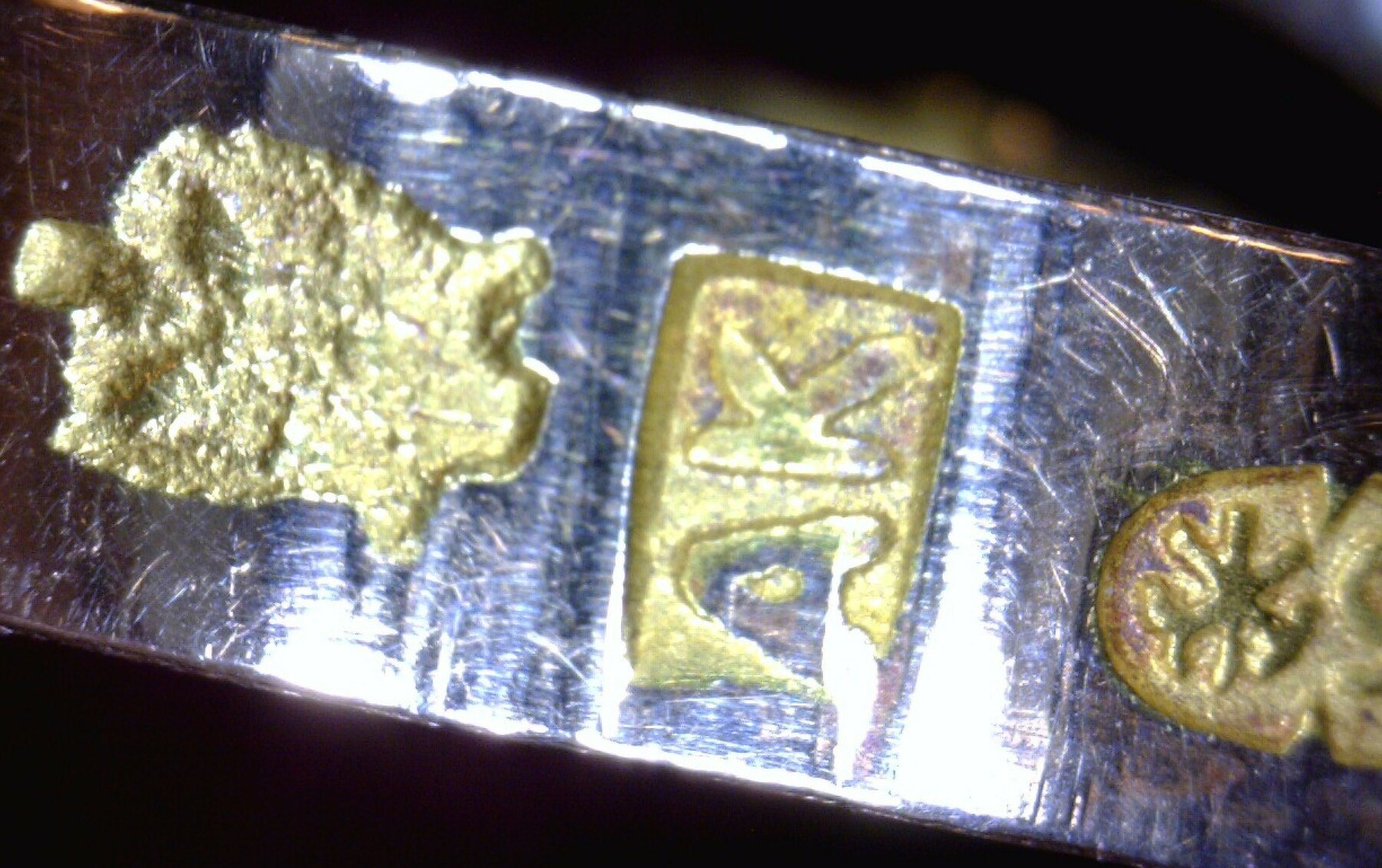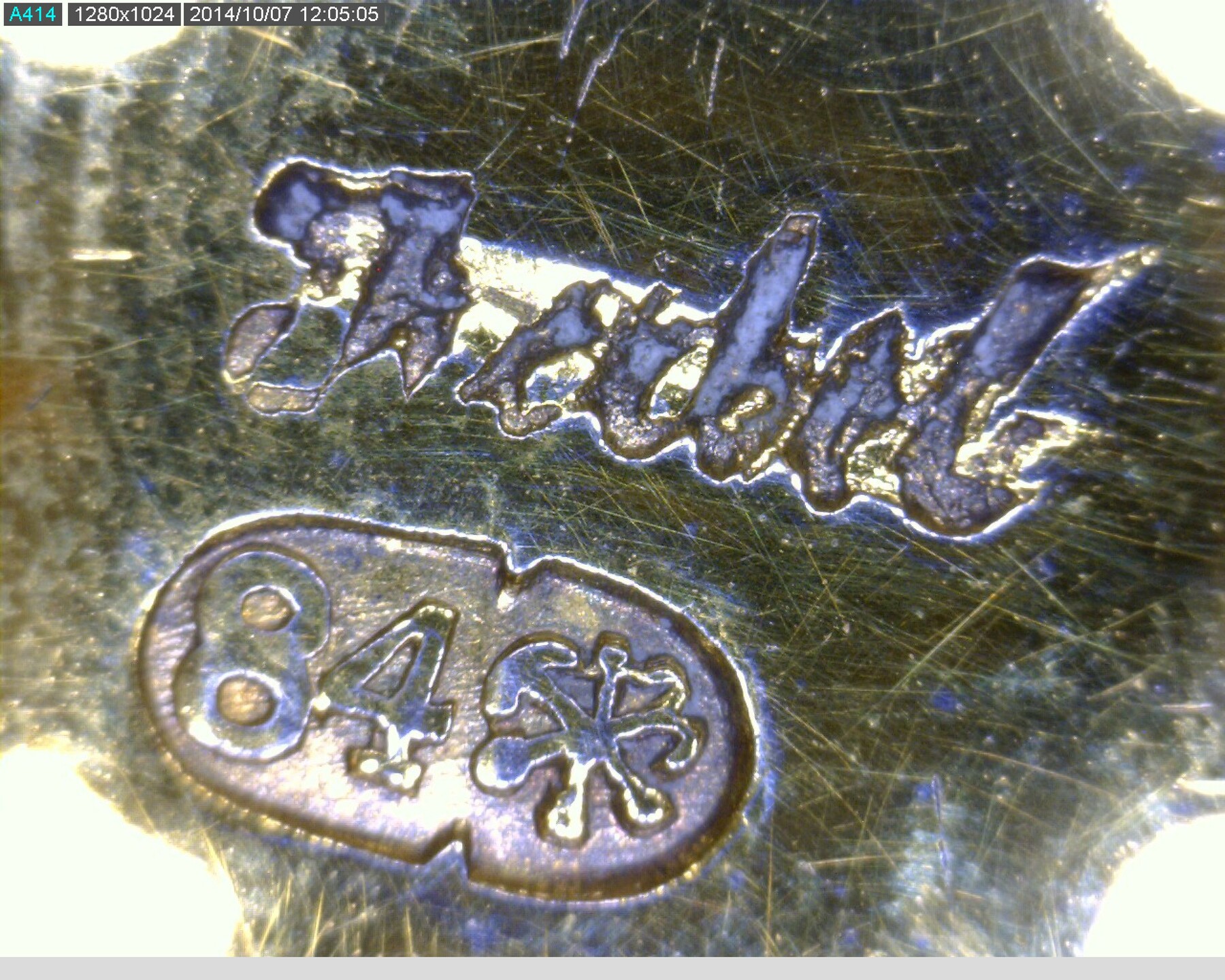26 November 2014 Russian Art Auctions
26 November 2014

383. A RARE AND IMPORTANT SET OF INSIGNIA OF THE ORDER OF THE WHITE EAGLE
MARK OF ALBERT KEIBEL, ST PETERSBURG, CIRCA 1890, 56 AND 84 STANDARDS
Badge 90 by 60 mm, star 90 mm.
80,000–100,000 GBP
Provenance: Awarded to the great-grandfather of the current owner.
Thence by descent.
Comprising a Sash Badge with scrolls beneath the crown, in gold and enamels and marked “AK” beneath the Imperial Warrant; a Breast Star in silver-gilt and enamels, marked “Keibel” on backplate; a Sash; all held in original fitted case and accompanied by the official deed of Alexander III, with an Order stamp and two signatures, along with its official translation.
The Order of the White Eagle is one of the highest Orders of chivalry and a prestigious honour within the Russian Imperial awards system, following in the hierarchy after the Orders of St. Alexander Nevsky and St. Vladimir. The full set of insignia of the Order consists of a dark-blue sash worn over the left shoulder, a badge bearing a white eagle (the Polish National coat of arms) with the crest of the Order applied to the Russian double-headed eagle beneath the
Russian Imperial crown. The eight-pointed star of the Order is applied with the motto “Pro Fide, Rege et Lege” (“For Faith, Tsar and Law”). From 1856, the Order was produced with the heraldic sash beneath the Imperial crown and executed in blue enamel with the double-headed eagle.
The Order’s history dates back to the Polish Kingdom and is one of the most ancient knightly Orders in Europe. In 1831, following the partition of Poland, Nicholas I incorporated the Order into the Russian Imperial awards system. The Knights of the Order were not entitled to a pension, and when presented with the Order, the Knights had to pay
300 rubles towards charitable causes. The Order was awarded for heroic military deeds (the star applied with two crossed swords) and also for outstanding civil achievements. Altogether 4,018 persons were awarded this Order between 1831 and 1917, among them Ivan Aivazovsky, Admiral Nahimov and Emperor Alexander III. Over one thousand Orders were presented to foreign dignitaries, amongst them Henri Rieunier (1833–1918).
In 1893, Henri Rieunier, a prominent French military figure, Admiral and Naval minister, was knighted by Tsar Alexander III
to acknowledge his important role in the Franco-Russian alliance. He was appointed to greet the Russian Imperial fleet, led
by the Grand Duke Alexis, the Emperor’s brother and Admiral of Russian fleet, on its arrival in Toulon, October 1893. Later,
Henri Rieunier was also regularly engaged in diplomatic affairs with Baron de Mohrenheim, the Russian Imperial Ambassador in Paris. Numerous photographs and images depict the Admiral wearing the award to the grandest state events during the Franco-Russian festivities. Among these was an embassy dinner in Paris, where he sat at the Imperial table alongside the Grand Duke, for whose hospitality he became personally responsible.
Furthermore, the award is supported by a certificate bearing the personal signature of Prince Alexander Dolgorukiy, the Russian diplomat, Chief Marshal and Master of Ceremonies to the Imperial court of Alexander III.
According to tradition this particular award — as were other similarly significant Orders — was produced in St Petersburg by the firm of Keibel, purveyors to the Imperial court of the Romanovs. Albert Keibel, master of gold and silver works, was the third generation of his family to produce military orders and they were a major influence in the market. By the time Albert was head of the company, it was the most successful producer of military awards. This piece is an example not only of outstanding historic importance, but also of the exquisite and refined decorative work and excellent craftsmanship which was a trademark of Keibel’s production.



Notes on symbols:
* Indicates 5% Import Duty Charge applies.
Ω Indicates 20% Import Duty Charge applies.
§ Indicates Artist's Resale Right applies.
† Indicates Standard VAT scheme applies, and the rate of 20% VAT will be charged on both hammer price and premium.